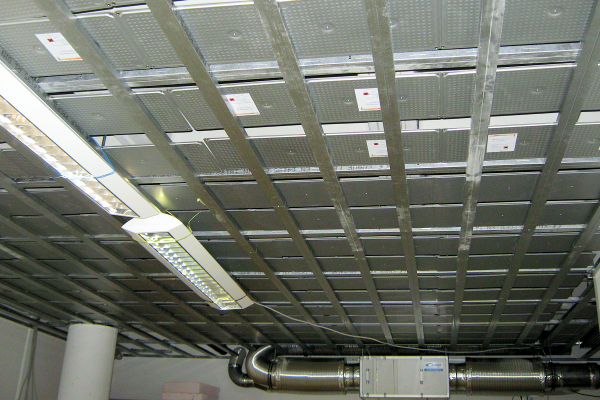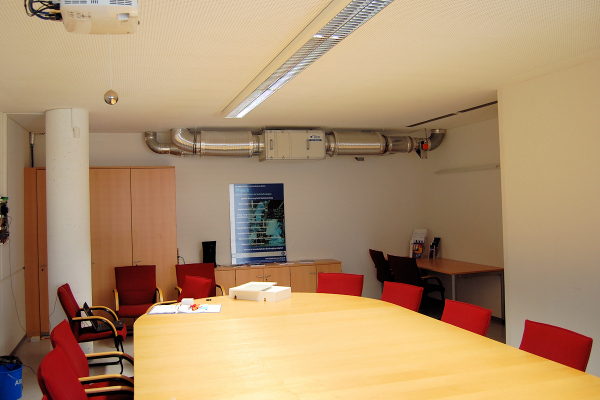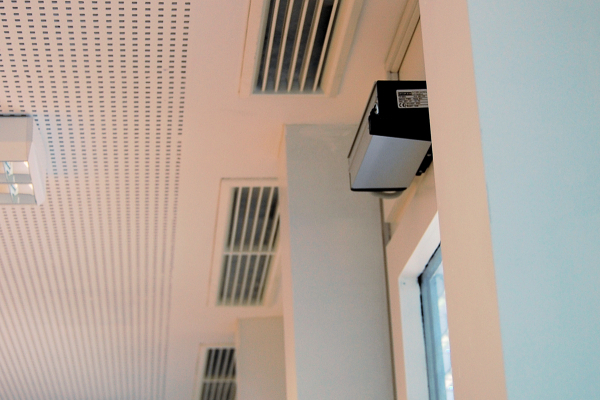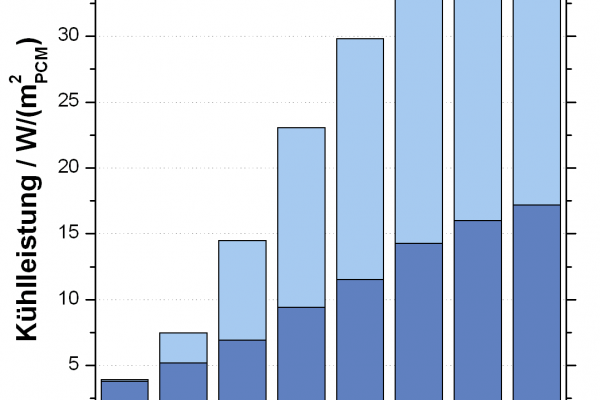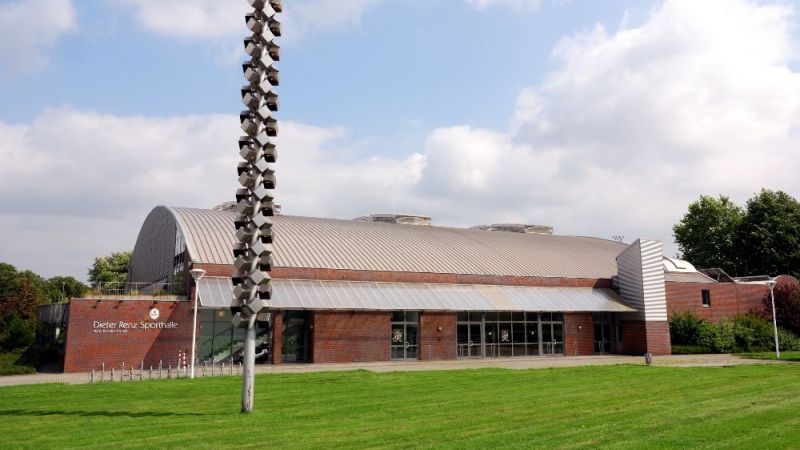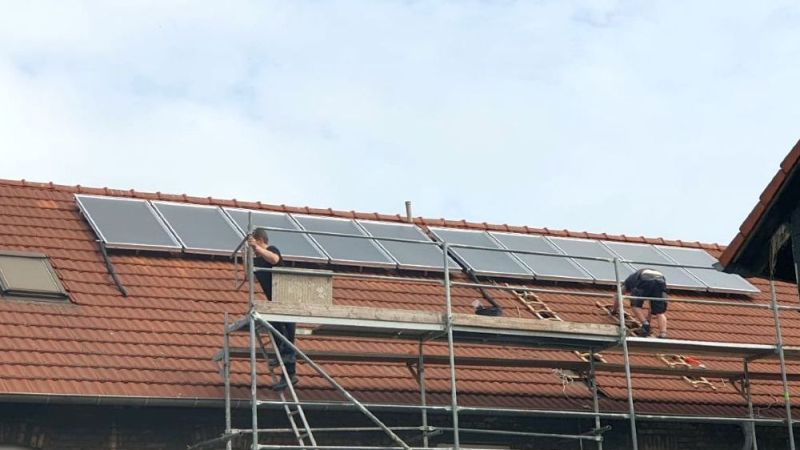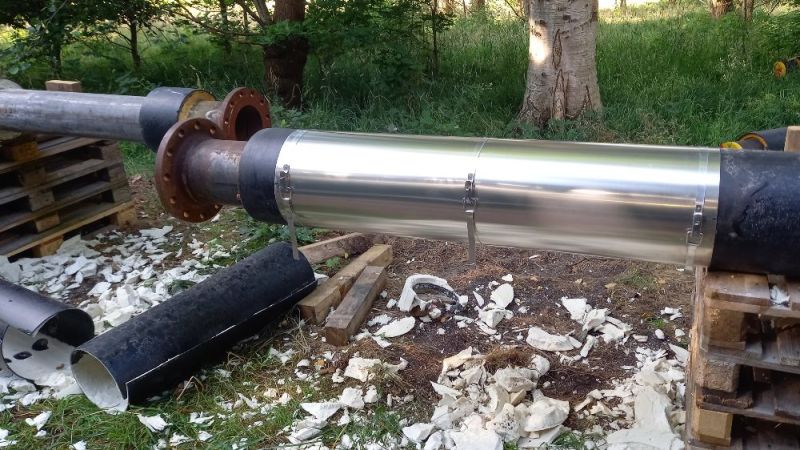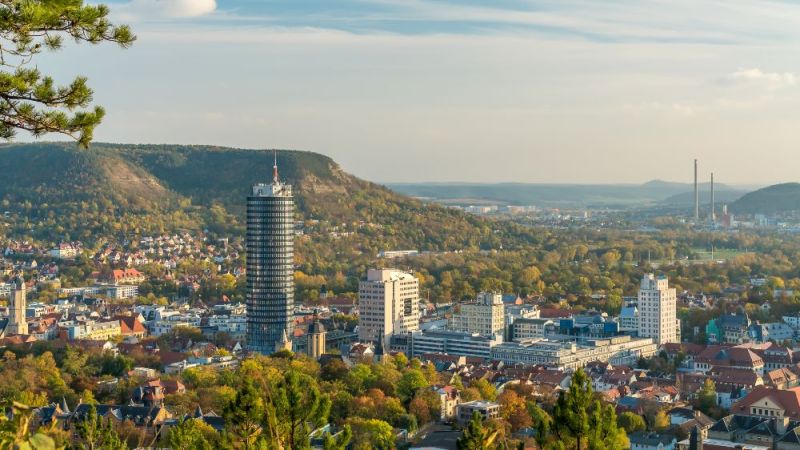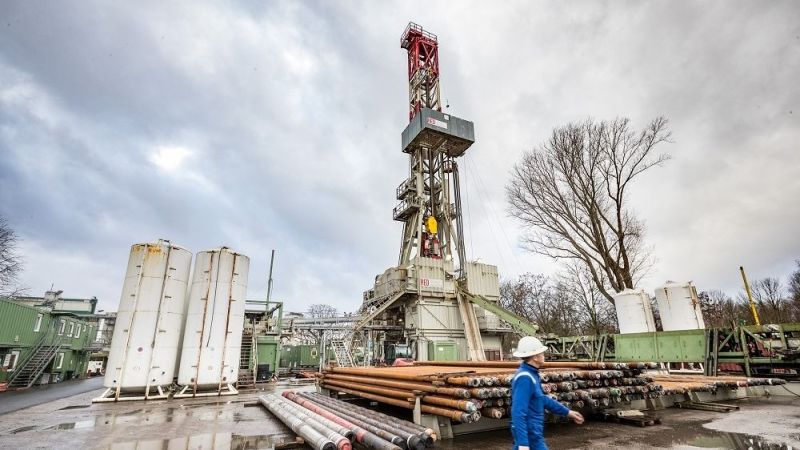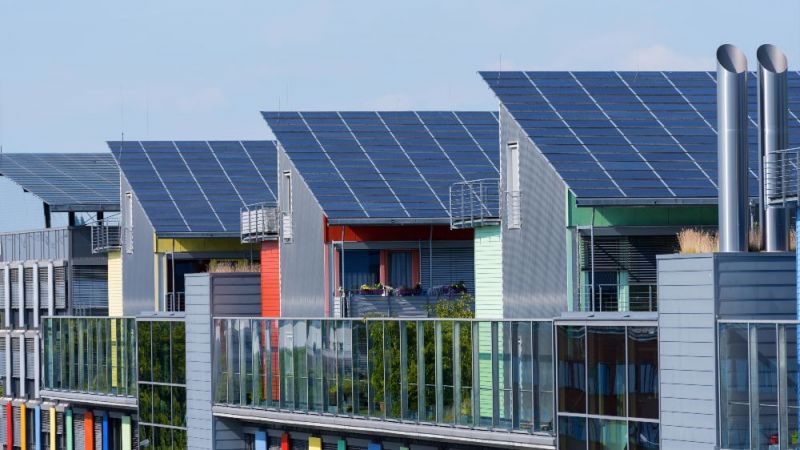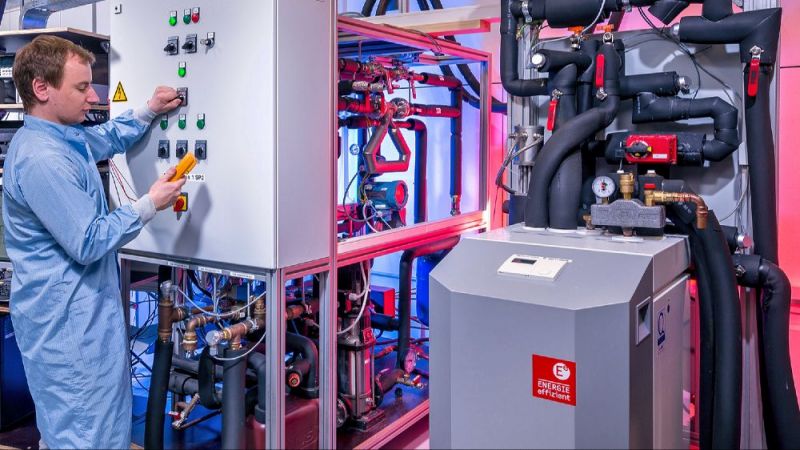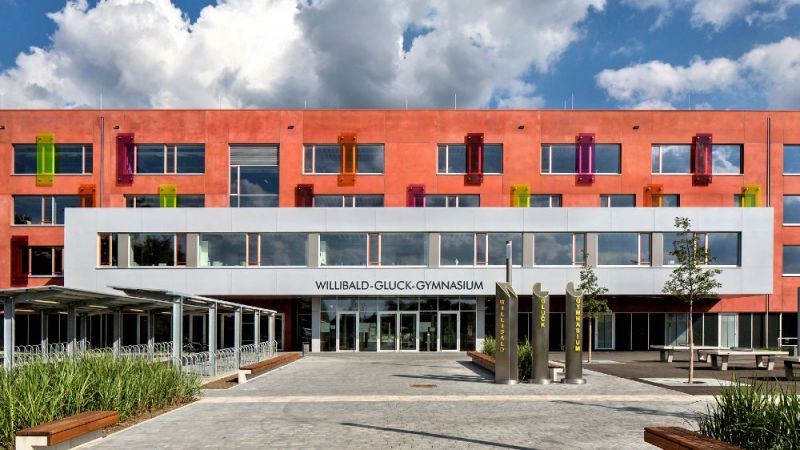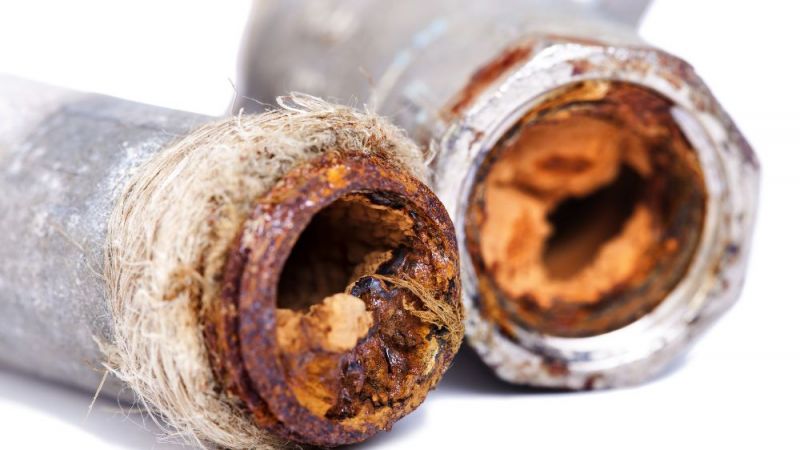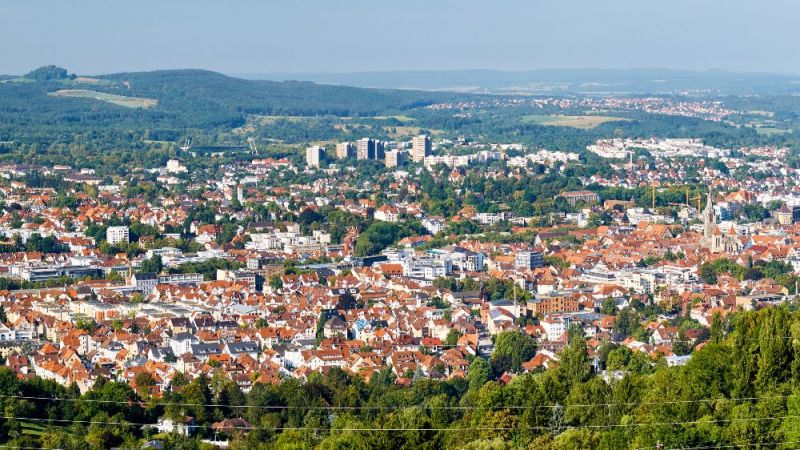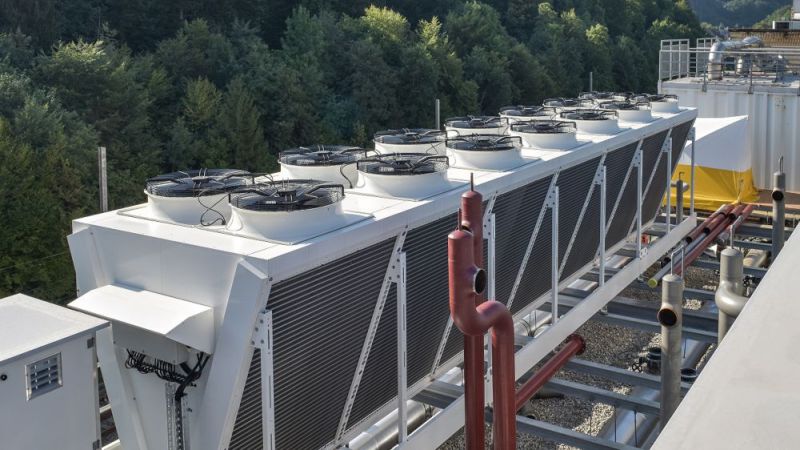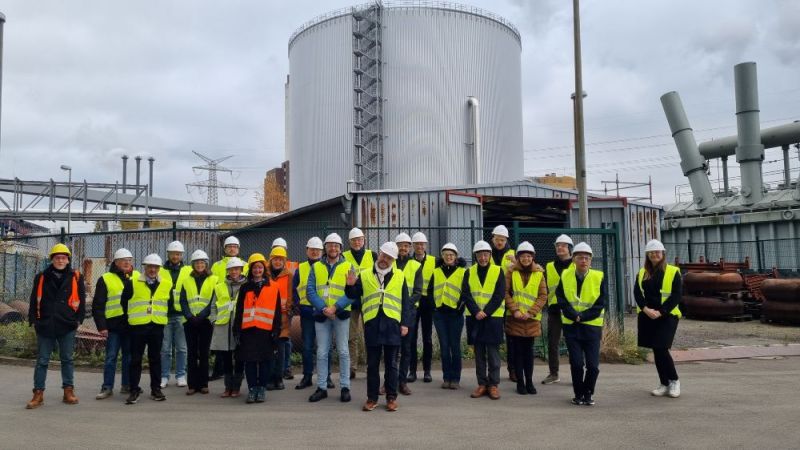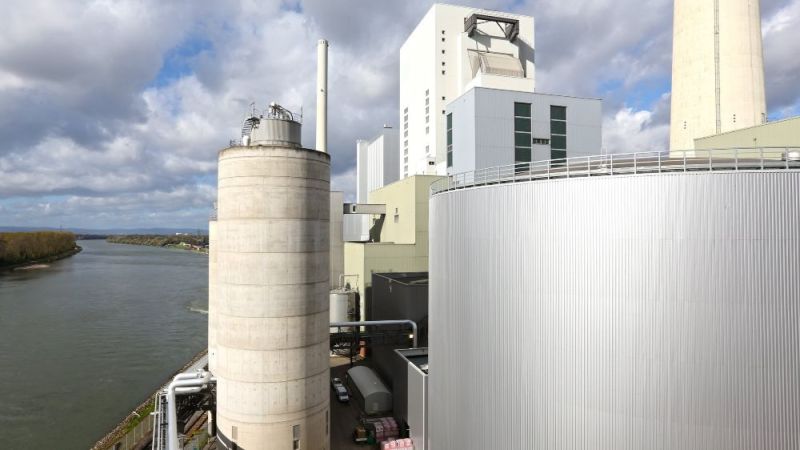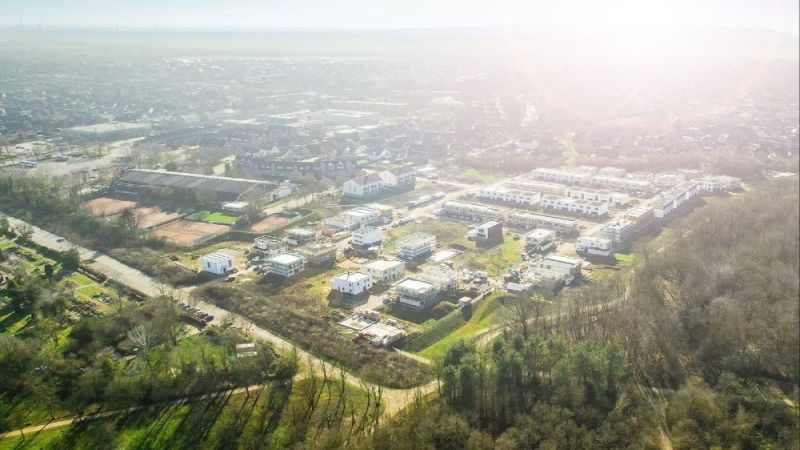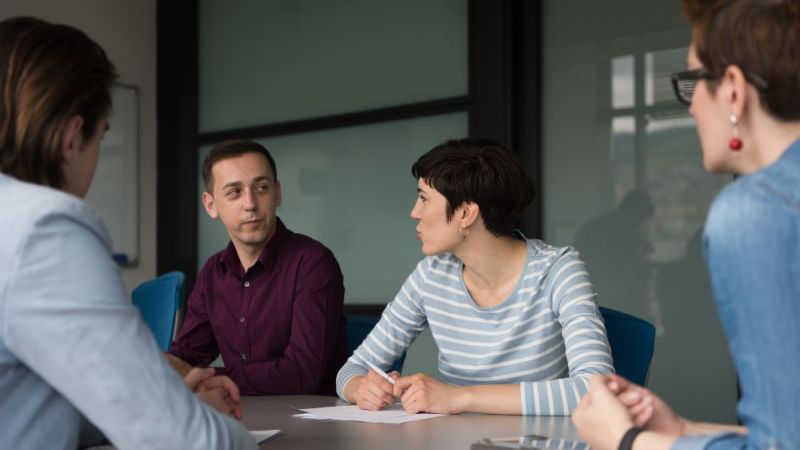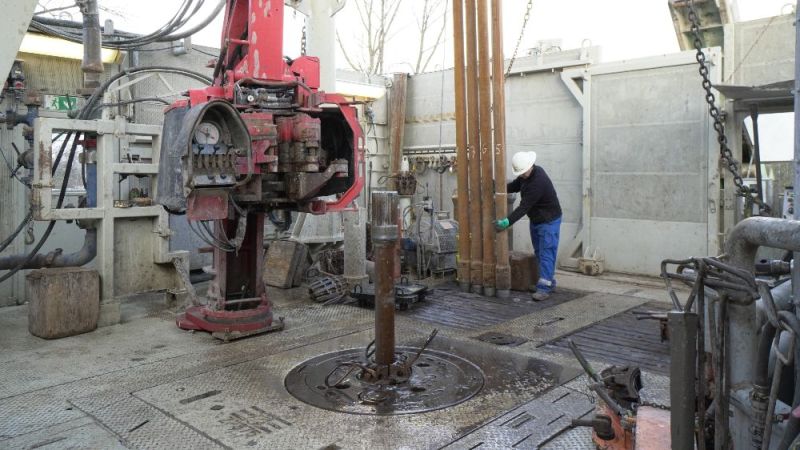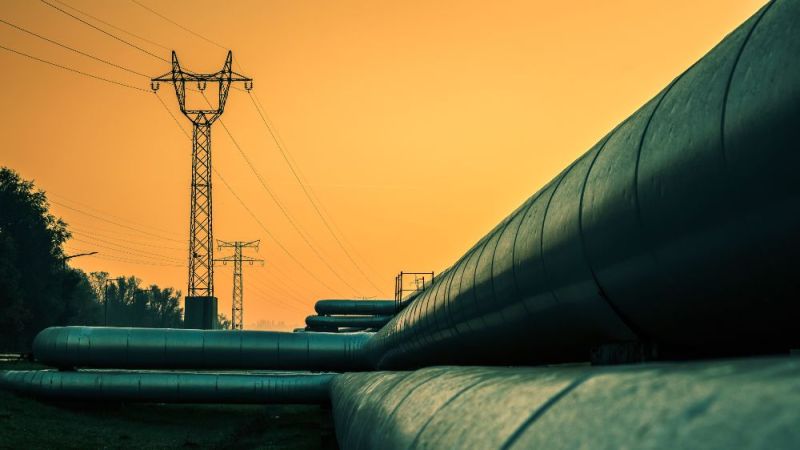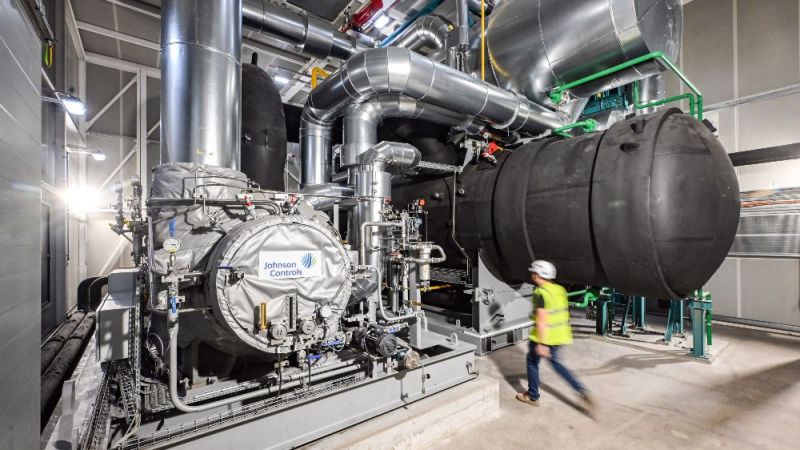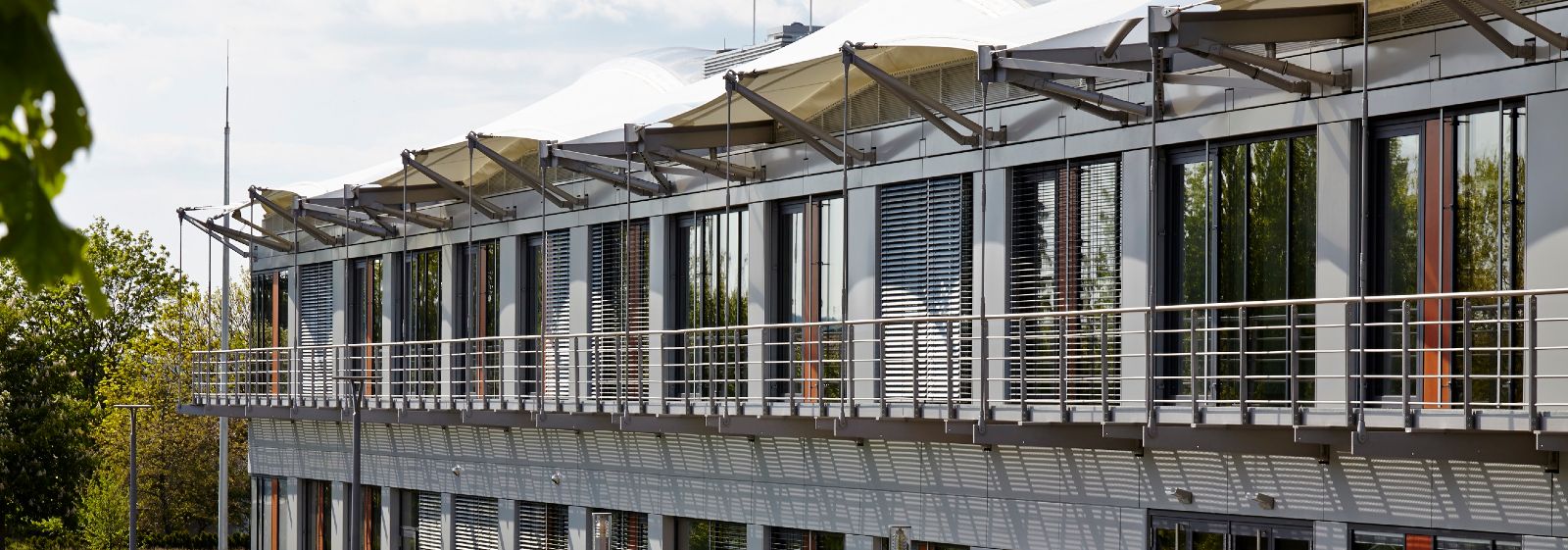
Phase change materials in buildings
Performance of ventilation systems with PCMs
Phase change materials (PCMs) are only used sporadically in construction, although various products and systems have been available on the market for several years now. The PCM Demo II research project therefore intends to test and scientifically evaluate the practicality of PCMs in buildings. A sub-project is focussing on PCMs in ventilation systems. For this purpose, such systems are being incorporated in commonly used buildings and their performance investigated.
Phase change materials (PCM) in buildings have been an area of research for many years. They can help improve indoor comfort and the efficiency of ventilation, air conditioning and heating systems. In a first fundamental project from 2006 to 2009, different applications were tested and evaluated in a broadly based EnOB research project. Since then, various products and systems with PCM have become available in the construction industry but they are used only sporadically.
With this research project, the practicality of the available products and systems is now to be tested and scientifically evaluated. The systems are built into normally used buildings and their performance is evaluated. Several research institutes are co-operating with medium-sized enterprises with the aim of promoting the use of innovative materials and building components in the construction and renovation sectors.
This involves the following systems:
- PCM in surface cooling systems for non-residential buildings
- PCM in ventilation systems for non-residential buildings
- PCM for heat storage systems for heating and domestic hot water
In the following, this sub-project deals with PCM in ventilation systems. Phase change materials can be used in passive and active ventilation devices. In passive systems, PCMs cool the supply air and absorb heat while doing so. The phase change material “discharges” outside the usage period, so during the night, with the inflowing cool outside air. A fan is required for this discharge. Active systems are also cooled with a cooling fluid (usually a chilled water unit) flowing through them, and can be discharged actively and more quickly. In addition, the cooling effect of the systems can be selectively and rapidly improved at times of high heat levels.
The aim of this project is to establish long-term monitoring for PCM ventilation systems in a number of reference objects in order to evaluate scientifically significant measurement data. This would bring about the conditions required to objectively evaluate the systems and provide suitable application scenarios.
Research focus
The focus of the project is the investigation of passive and active ventilation systems with PCM for space cooling. On the basis of measurement data, robust system parameters are identified and the energy potential of such systems is examined.
During the project, so-called compact PCM ventilation storage devices and PCM parapet modules are being examined in office rooms, in addition to a rear-ventilated cooling ceiling in a meeting room. The rear-ventilated cooling ceiling with PCM had already been installed during a previous project. A cooling capacity of 15-30 W/m2 at a room temperature of 26-28 °C was demonstrated. Now, the regeneration of the PCM is to be optimised by means of night ventilation.
The PCM systems will be monitored for a longer period once the measurement equipment has been set up. This period is divided into two phases. For one, the measurements are carried out under real usage conditions. Then, measurement data is collected under defined conditions without any user influence, for example on weekends. The latter allows for a determination of system characteristics, the former serves to record user behaviour, system performance and user acceptance.
Application
For several years now, various products and systems have been available on the market, including the following systems examined in the research project:
- PCM storage plate: The manufacturer Rubitherm can fit various PCMs onto this metal encapsulation to allow for various application scenarios.
- PCM compact storage: The storage system made by Rubitherm is fitted with PCM storage plates and can be used in ventilation systems.
- PCM storage element: As part of the project, the manufacturer va-Q-tec will develop phase change materials as well as suitable encapsulations for use in buildings.
22.11.2021
PCM und Verkapselung, Kompaktspeicher
Rubitherm Technologies GmbH
http://www.rubitherm.com
info@rubitherm.com
Tel.: +49(30)720004-62
PCM und Verkapselung
va-Q-tec AG
http://www.va-q-tec.com
info@va-q-tec.com
Tel.: +49(0)931-359420


